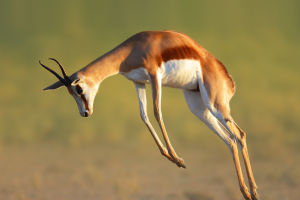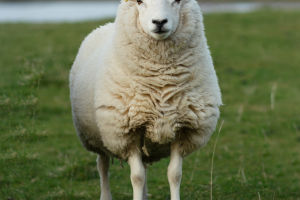The Purple-throated Carib (Eulampis jugularis) is a species of hummingbird naturally found in the Eastern Caribbean islands. This beautiful bird is known for its distinctive throat patch and chest with a purplish-red glow.
These birds are commonly found on islands such as Saba, Dominica, and Grenada. Occasionally, they are seen as vagrants in Barbados, Barbuda, Grenada, and the U.S. Virgin Islands.
The Purple-throated Carib prefers mountain forests and clearings, typically at elevations of 800 to 1200 meters (2600 to 3900 feet).
Although they occasionally occur at lower elevations and even near sea levels in Dominica, their preference is for mountain forests.
They can live happily in semi-open spaces, clearings, and even banana plantations, as long as yummy food is around.
In terms of physical description, the Purple-throated Carib is one of the larger hummingbird species, measuring around 11 to 12 cm (4.3 to 4.7 inches) in length, including the beak and tail.
The males are slightly larger than the females, weighing between 9 to 12 grams (0.32 to 0.42 ounces), while the females weigh between 7 to 10 grams (0.25 to 0.35 ounces).
Both males and females have predominantly dark plumage with glossy emerald-green wings and tails. The rump is bluish, and the tail is greenish-blue.
The most striking feature is their iridescent throat and chest, which can appear brilliant purple, purplish-red, dull purple, or black depending on the lighting conditions.
They have a long, down-curved black bill. Immature birds have a shorter bill and scattered brown feathers on the upper plumage, with an orange throat and chest adorned with red speckles.
The Purple-throated Carib loves sipping nectar from high-up flowers on trees, making it their favorite treat.
Males defend flower-centered feeding territories throughout the year, while females do so during the non-breeding season.
Additionally, they consume small arthropods by catching them on the wing or gleaning them from leaves, flowers, and spider webs.
Breeding season for these hummingbirds generally occurs between February and May, although it can start as early as January and extend into September.
They construct small cup nests made of soft plant fibers and spider silk. They sometimes attach lichens and bark strips to the outside. The nests are usually attached to vertical tree branches, approximately 3 to 5 meters (10 to 16 feet) above the ground.
Female Purple-throated Caribs are highly territorial around their nests. The clutch typically consists of two eggs, with an incubation period of 17 to 19 days. Fledglings leave the nest approximately 17 to 20 days after hatching.
Purple-throated Caribs make sharp "chew" sounds, repeating them quickly when they're feeling agitated.


